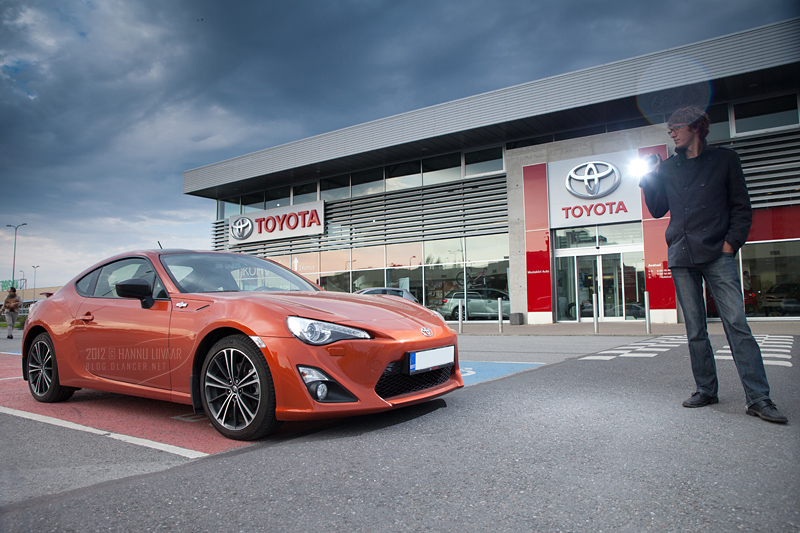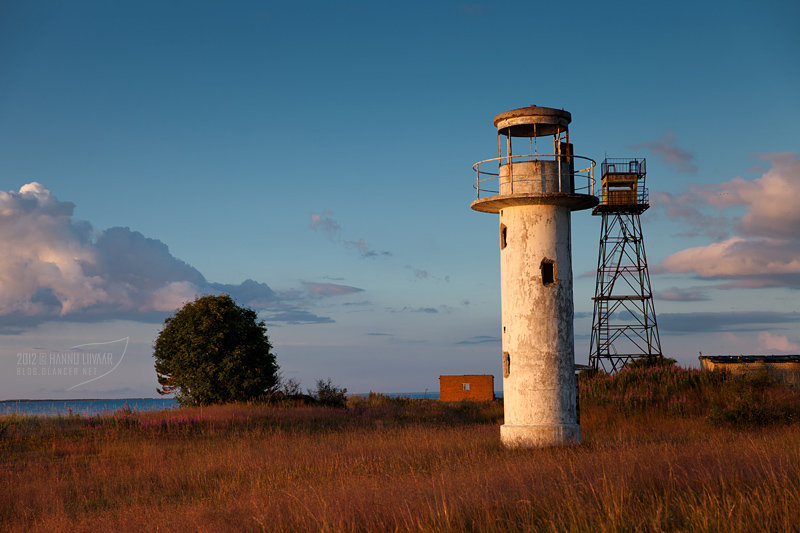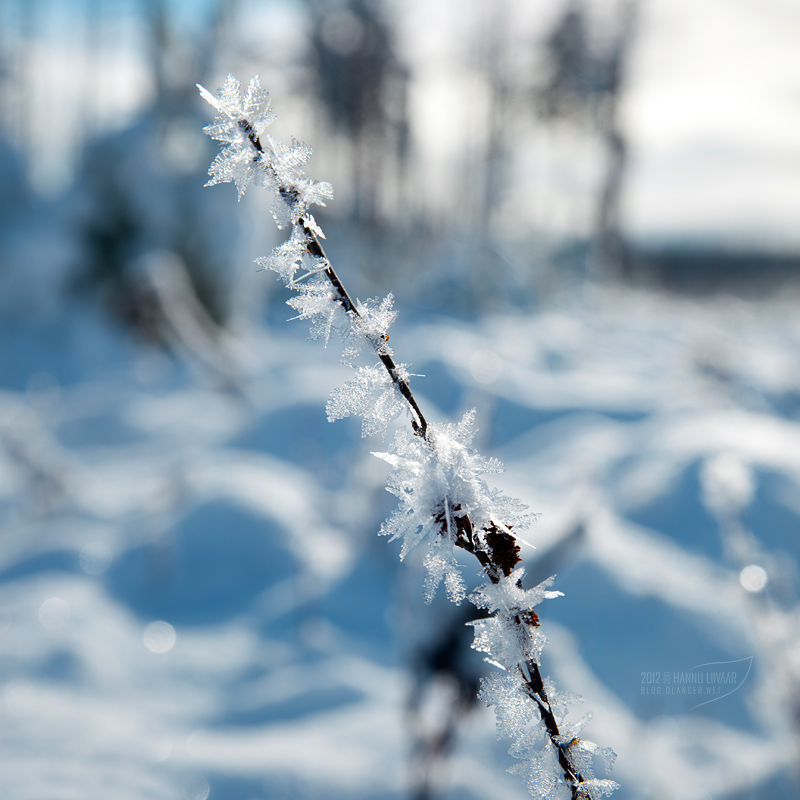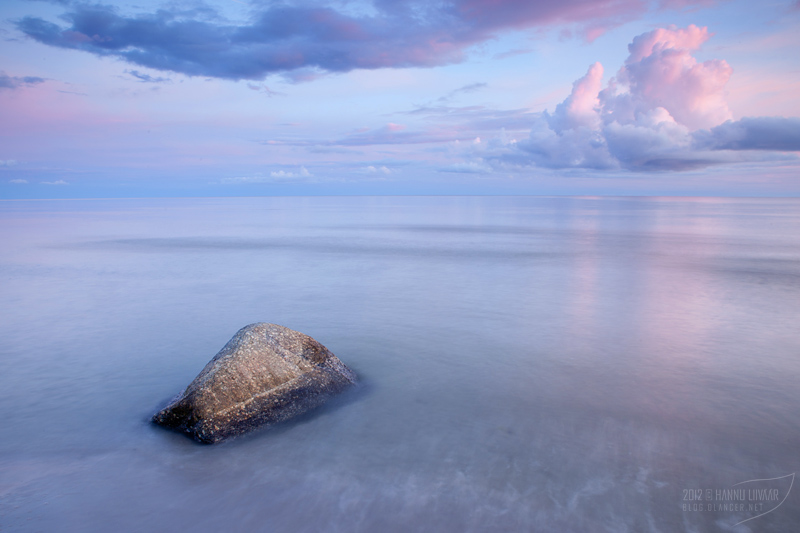Sunday, November 25, 2012
Artist appreciation - Jonas De Ro
Well worth taking some time to browse through this significant fantasy art - Gallery of Jonas De Ro at DeviantArt
Thursday, November 22, 2012
Tuesday, November 20, 2012
Coffee time, 7 minutes and 41 seconds.
Folks from the NoFilmSchool are testing four 24-70/2.8 "normal zoom" lens units - through a prism of (a small bit of) black humor, the footage is just simply hilarious. Check it out here.
Monday, November 19, 2012
Tamron 24-70 2.8 sample photos
24mm, F/4, 1/200s
--
For a couple of months I have been able to use a second copy of Tamron 24-70/2.8 and while I was extremely happy with the first one (used at July), the second one turned to be even slightly better - I'm sure this can of course be psychological effect, since I never had a chance to compare these two side by side.
I'm quite delighted with the image quality though - and currently cannot think about any reason why I would like to "upgrade" from such a great lens.
Long story short, here come a couple of sample images. Nice discussion available at the lens ad dpreview web site - click here.
Using the lens for portrait is definitely enjoyable at superb sharpness and smooth bokeh at 70/2.8, so let's start with some portrait images first.
70mm, F/2.8, 1/1000s
70mm, F/3.5, 1/125s (notice the bokeh - a bit busy because of high contrast at bg, but very well handled)
70mm, F/5, 1/250s (bokeh - as the bg is darker and less contrasty, the bokeh is rendered with excellence again)
70mm, F/5, 1/125s (focus quite far away - lens was able to change the focus between dancers and far background nicely)
42mm, F/7.1, 1/25s (shot without Vibration Control (VC) - as the lens is heavy, therefore quite stable, never missed the VC at daylight)
58mm, F/4, 1/100s (another example of non 24 or 70mm shot (so 58mm this time), shot through bookshop glass)
24mm, F/7.1, 1/200s (notice the lens flares at the image at lower left and center right)
24mm, F/9, 1/320 (the "sweet spot" of the lens at widest angle seems to be (**surprise, surprise :) somewhere between F/7.1-11)
24mm, F/8, 1/320 (the lens rendered the roof stones so sharp that it is almost hurts the eyes at downsized image (bicubic standard interpolation), without any extra sharpness added).
61mm, F/5, 1/200s (gradual filter was used for the sky)
24mm, F/11, 13.00s (from a tripod, with gradual filter)
70mm, F/7.1, 1/20 (manual focus (closest) - bokeh smooth despite small aperture)
61mm, F/8, 1/400 (manual focus (closest) - again, bg is superb despite small aperture (conditions of the subject and background were literally the same)
70mm, F/6.3, 1/400 (some chromatic aberration at contrasty areas - top and down right corner)
24mm, F/16, 3.20s
70mm, F/7.1, 1/400s (what could be a better shot to end this long post, than a sunset? ;))
Sunday, November 11, 2012
Tuesday, November 06, 2012
Sony RX100 mentioned by Time Magazine
This has triggered a massive discussion about if the camera is really worth the title (as no other digital cameras were not mentioned at the top 50 most innovative design list), at one of the most visited camera web sites theses days, dpreview.com (see the article here).
RX100 is a unique camera with relatively bright lens (F 1:1.8) and relatively large sensor (13.2x8.8mm, while most of the pocketable cameras use sensors sized 6x4mm, so literally more than five times smaller) - all packed in relatively small camera body (weight 240gr (typical smartphone is 150g, typical DLSR camera is around 1kg).
Following the article (been online a mere week) by Time magazine, the RX100 is now one of the most "clicked" (wanted) cameras on the internet. Looks like a solid product with known high level build quality by Sony, and the price tag ($650/€650) reflects this as well.
Subscribe to:
Posts (Atom)

























